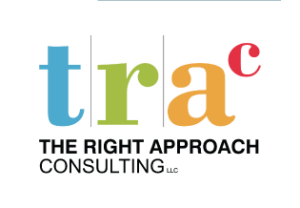ISO 2015 in Plain English: Context of the Organization Pt. 3
Internal & External Factors
Clause 4 of the new standard requires that an organization must determine what issues and requirements will impact planning and quality. To establish the context means to define the external and internal factors and must consider when and how they affect quality.
The internal context may include:
- Your products and services
- Organizational structure and accountability
- Regulations and / or legal requirements
- The policies and strategies used to achieve the organization’s goals
- Assets – both human capital and traditional hard assets
- Information systems
- The relationships and communication methods used to disseminate the organization’s values to stakeholders, suppliers, and partners
- Method and scope of the organization’s contractual obligations and relationships with the QMS
The external context may include:
- Government regulations and changes in the law
- Economic shifts in the organization’s market
- The organization’s competition
- Events that may affect corporate image
- Changes in technology
Typically, all this information is in the heads of your organization’s Leadership Team, but it was never put on paper; the best way to gather it is by organizing some brainstorming. Understanding and integrating all this information can be very valuable and demonstrate where you stand as an organization.
So, what are the next steps?
- Determine the internal/external factors that are relevant to the company’s purpose, goals, and the QMS.
- Define the interested parties and their needs and expectations.
- Based on the relevant contextual issues and the needs of relevant parties, in conjunction with the company’s products and services, establish the scope of the QMS and document it. If something in ISO 9001 doesn’t apply to the business, document the justification to exclude it.
- Set up a process to monitor all the information pertaining to these factors as a regular agenda item in your Management Review process.
 Remember, although you have until 2018 to changeover and become certified/recertified to the new standard, now is the time to start the transition in order to minimize disruption to the business as much as possible. And if you are considering pursuing ISO 13485 for medical or AS9100 for Aerospace, there is significant crossover and using someone highly experienced in all three will assure the changes to your QMS will translate seamlessly with all three.
Remember, although you have until 2018 to changeover and become certified/recertified to the new standard, now is the time to start the transition in order to minimize disruption to the business as much as possible. And if you are considering pursuing ISO 13485 for medical or AS9100 for Aerospace, there is significant crossover and using someone highly experienced in all three will assure the changes to your QMS will translate seamlessly with all three.
Contact me for my free ISO 9001:2015 Readiness Checklist and perform a quick self-assessment to gage your preparedness for the new standard. Then call to see how I can help.
920-841-3478
Steve@TheRightApproachConsulting.com
